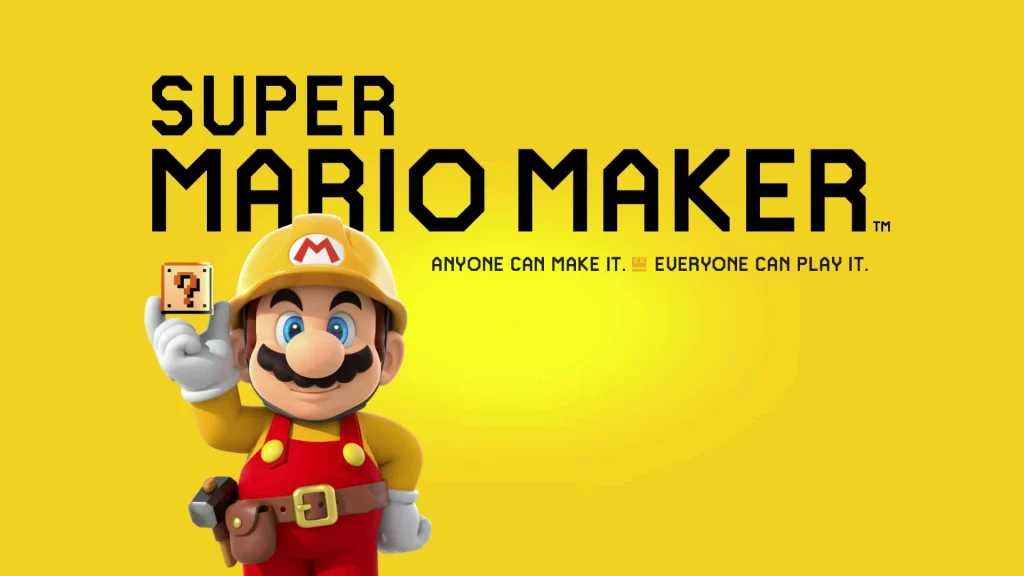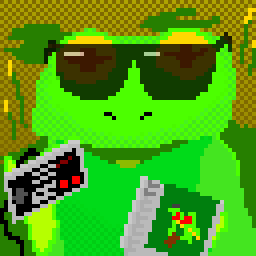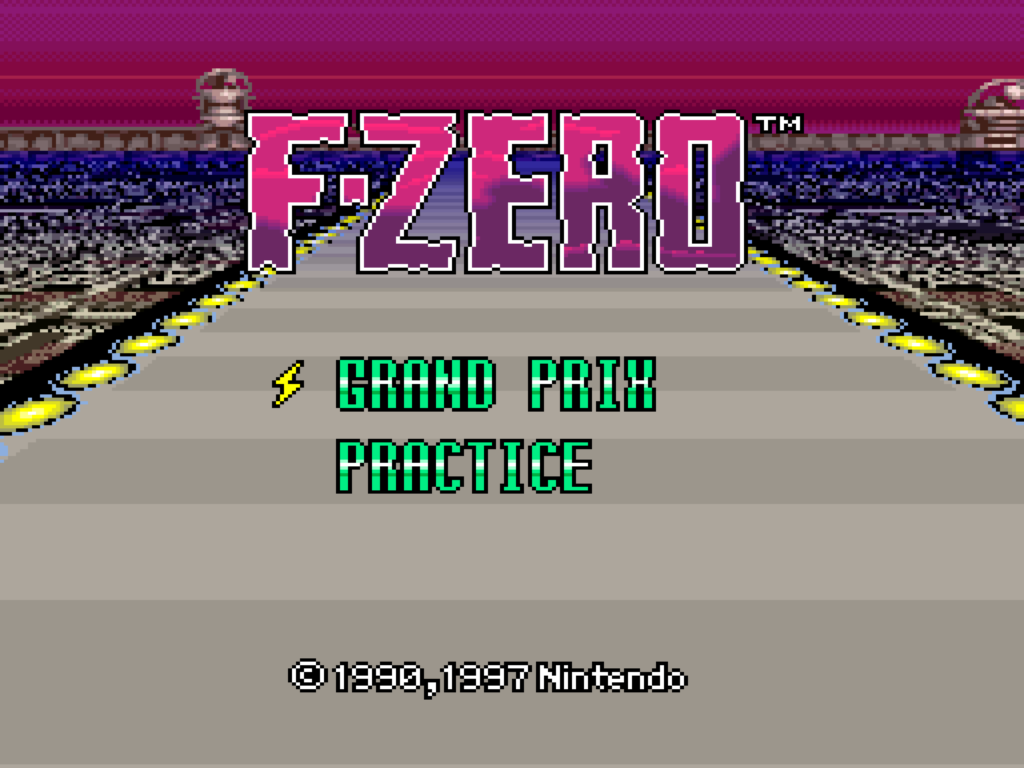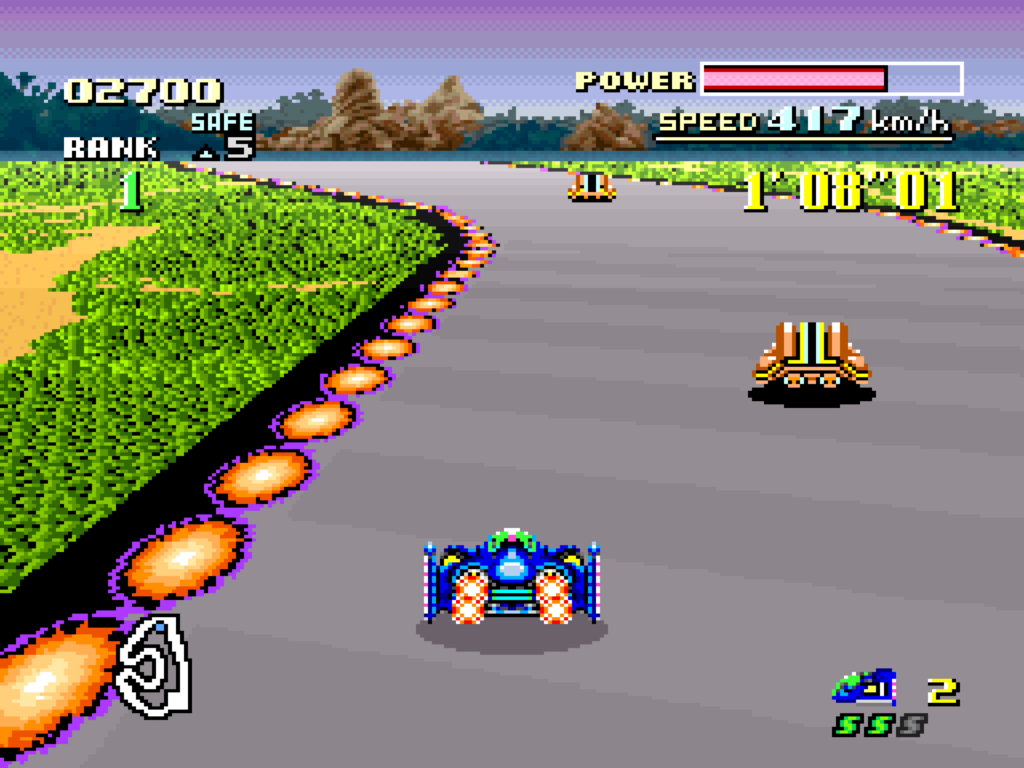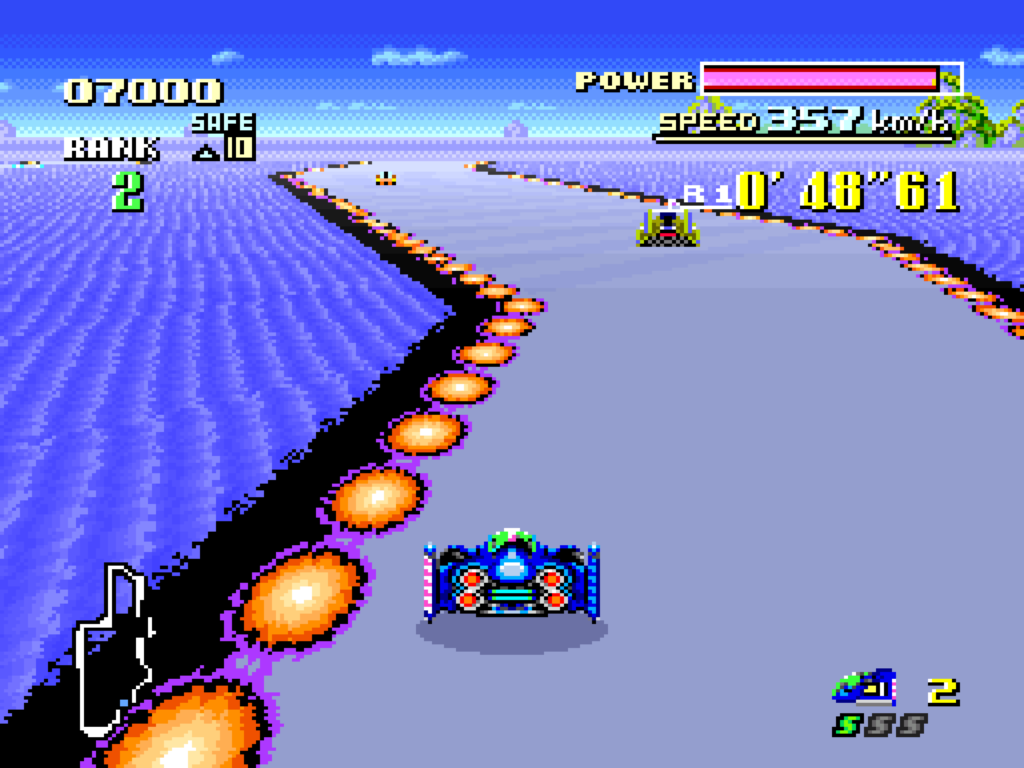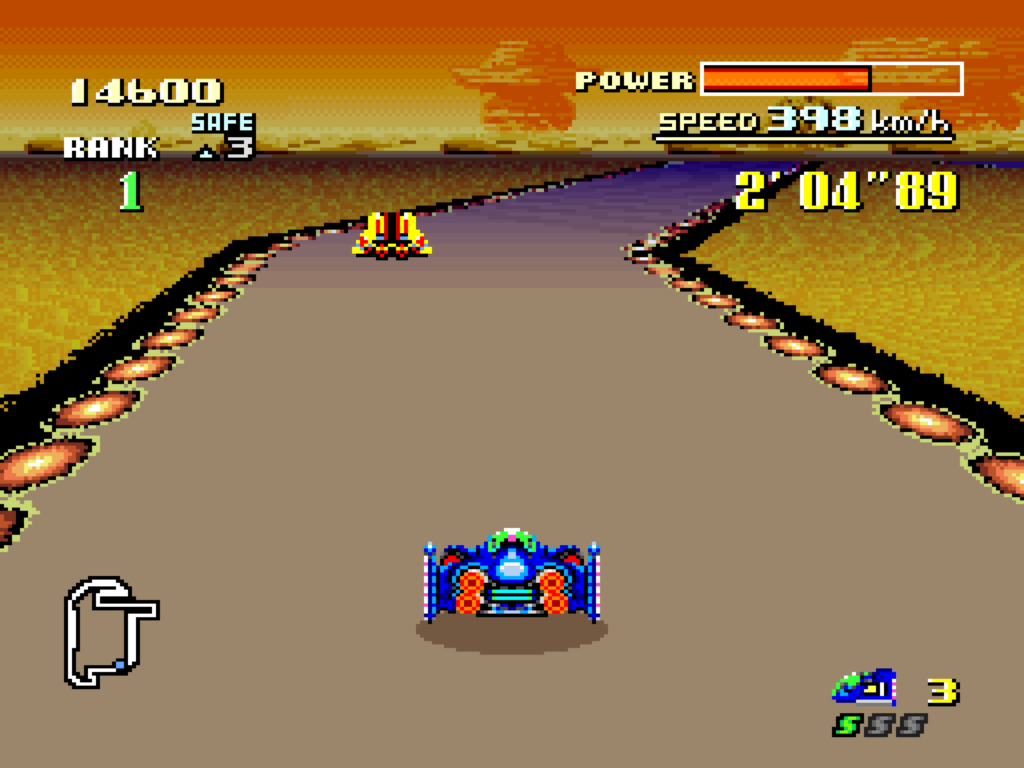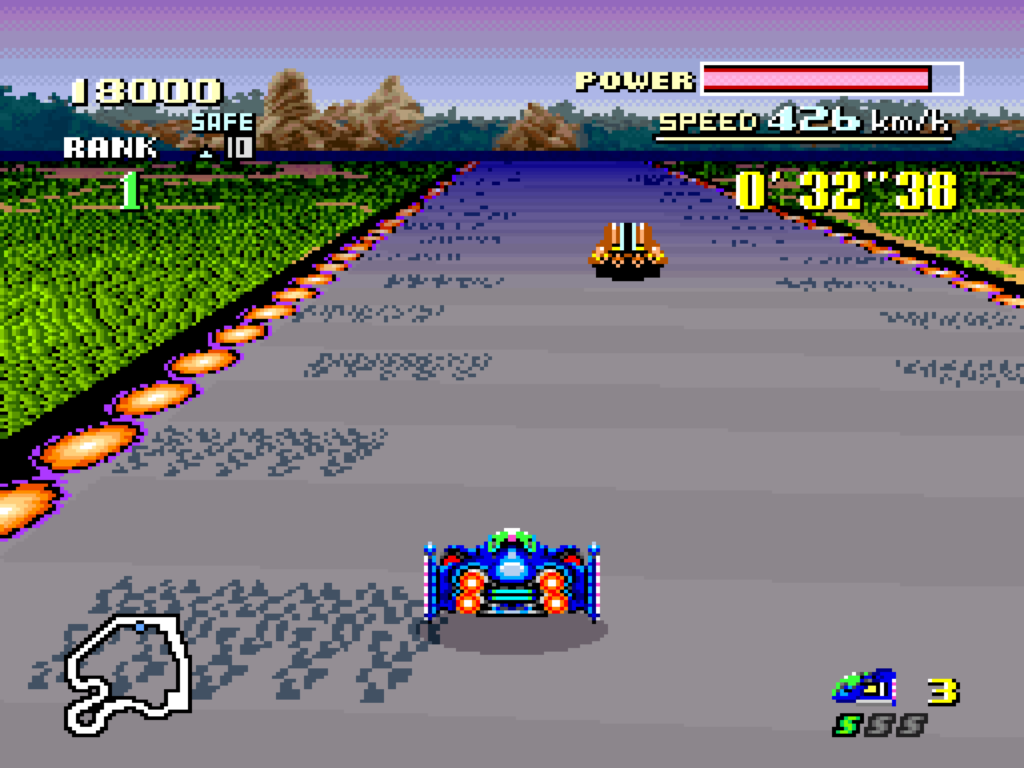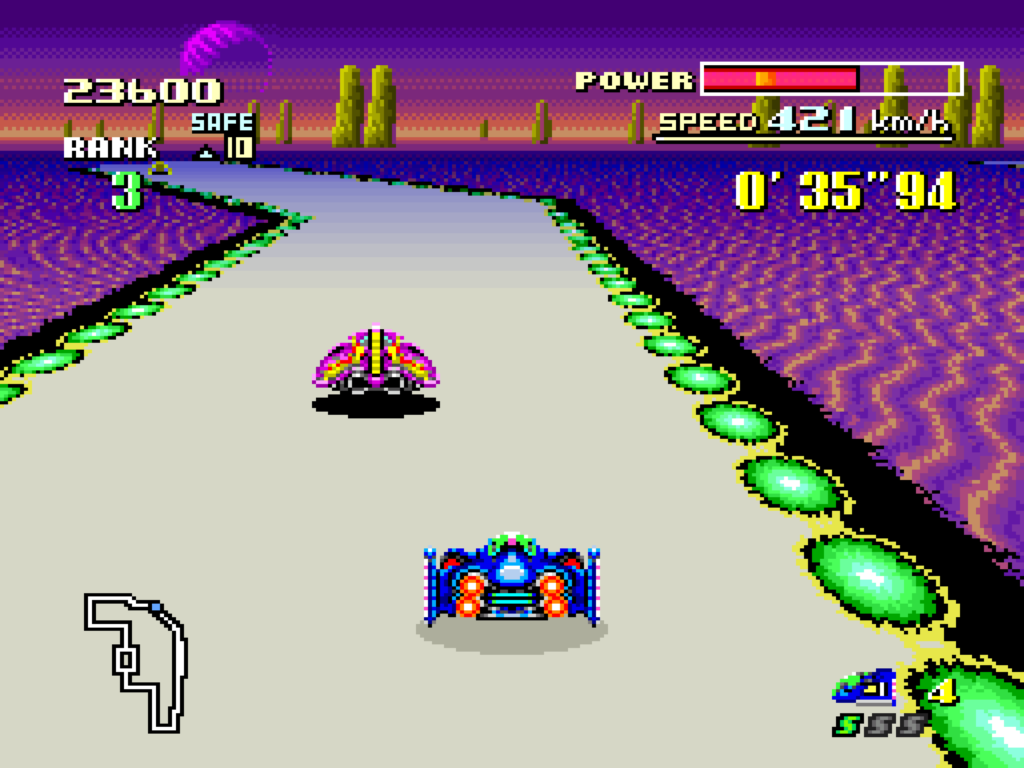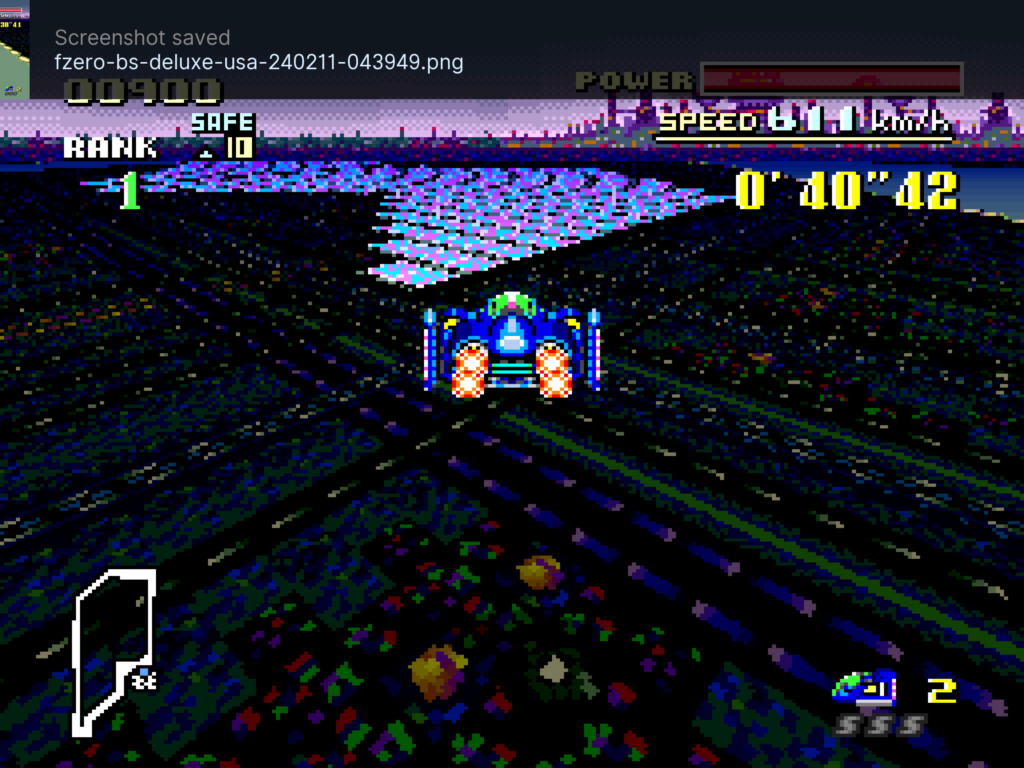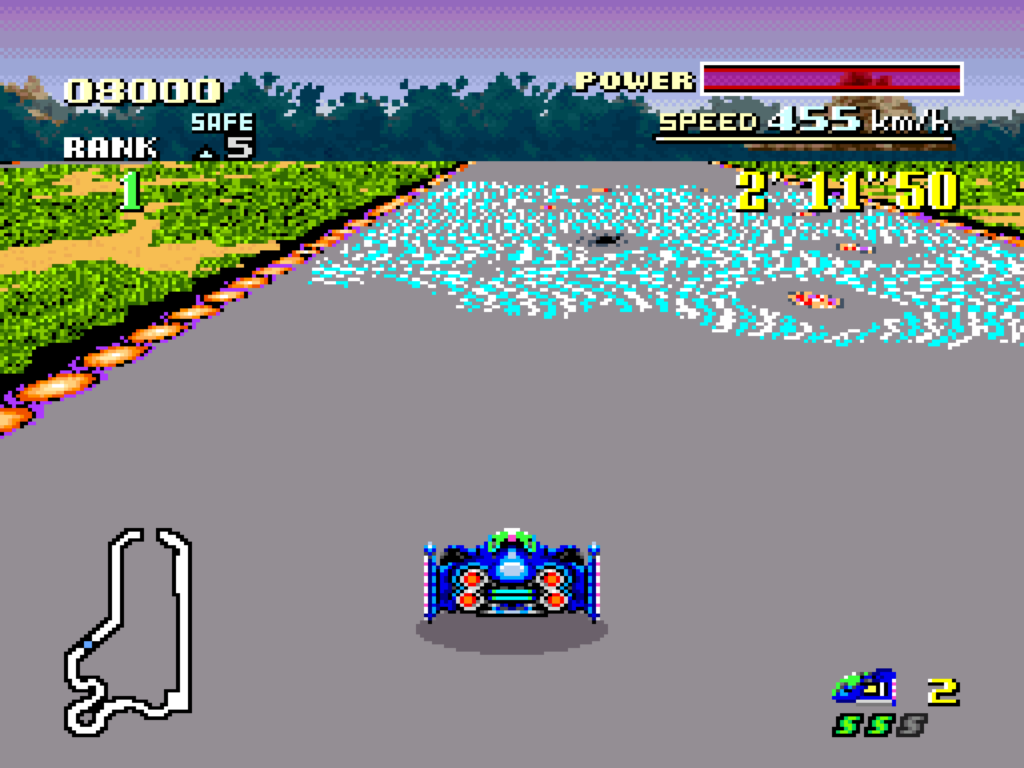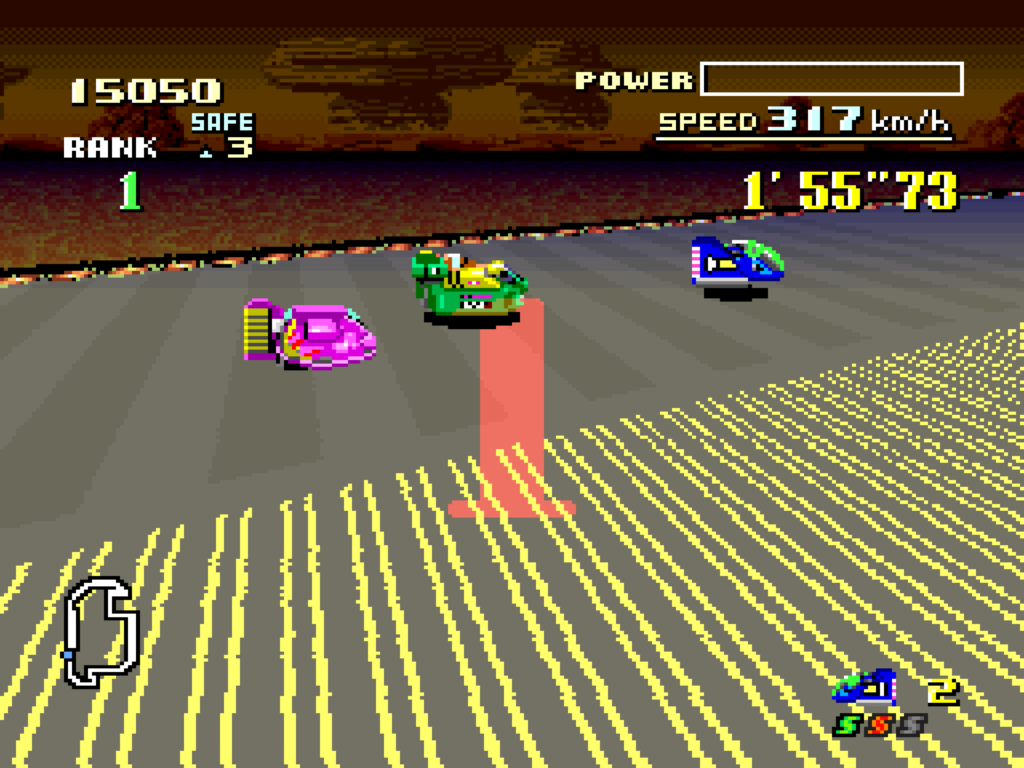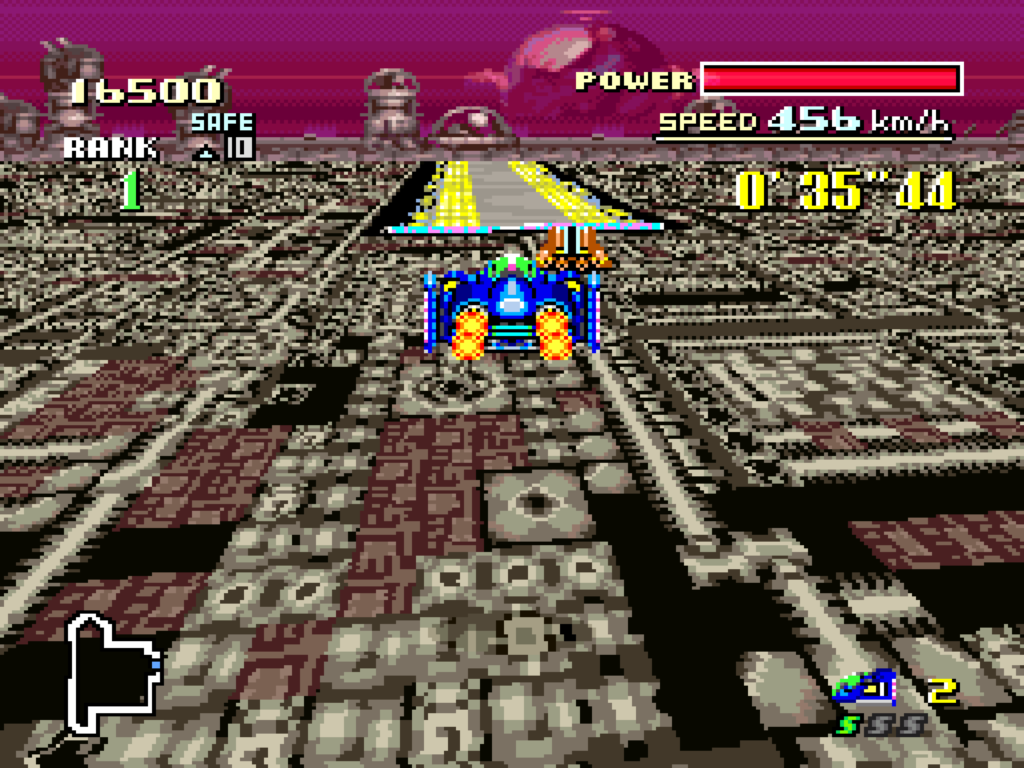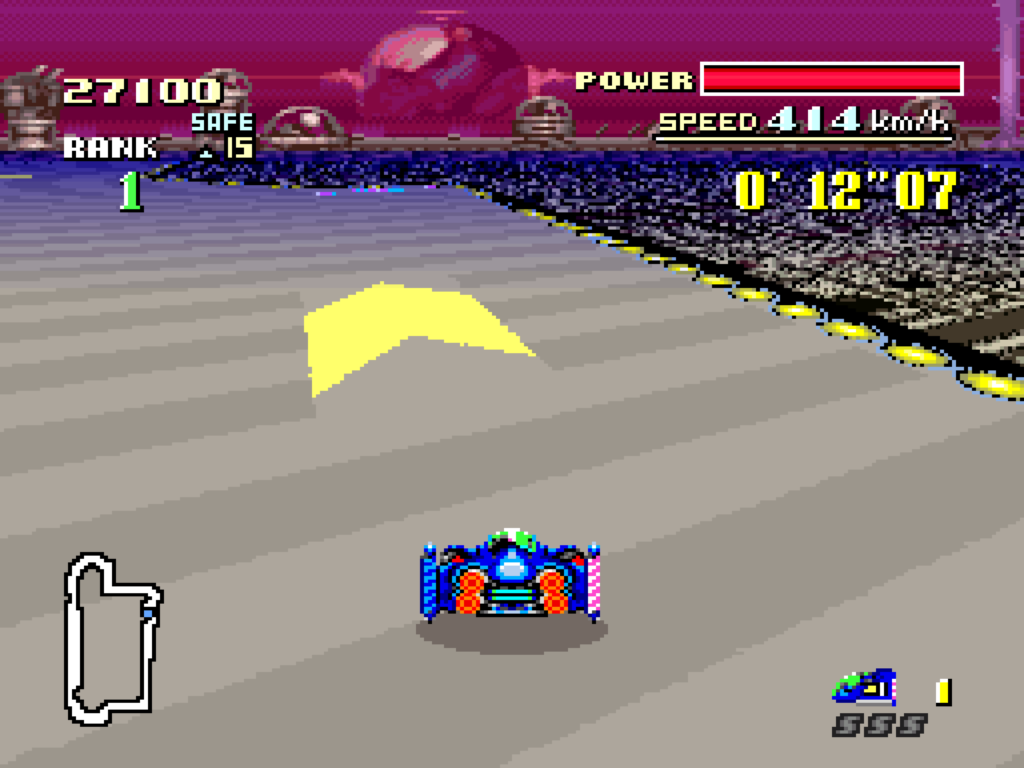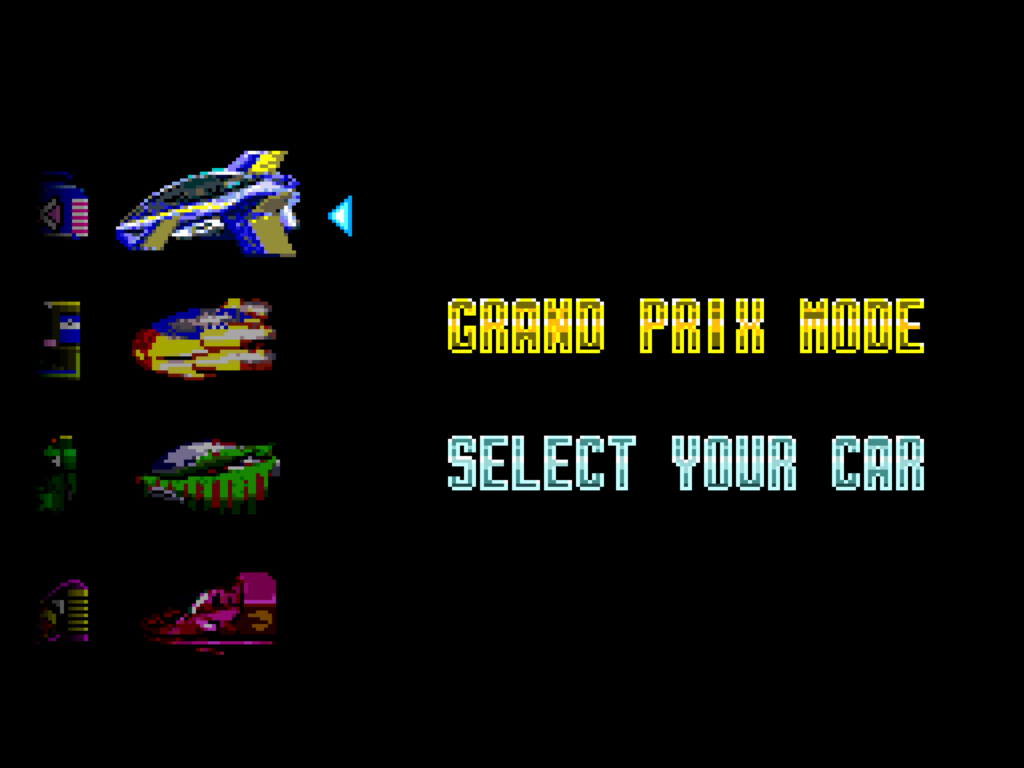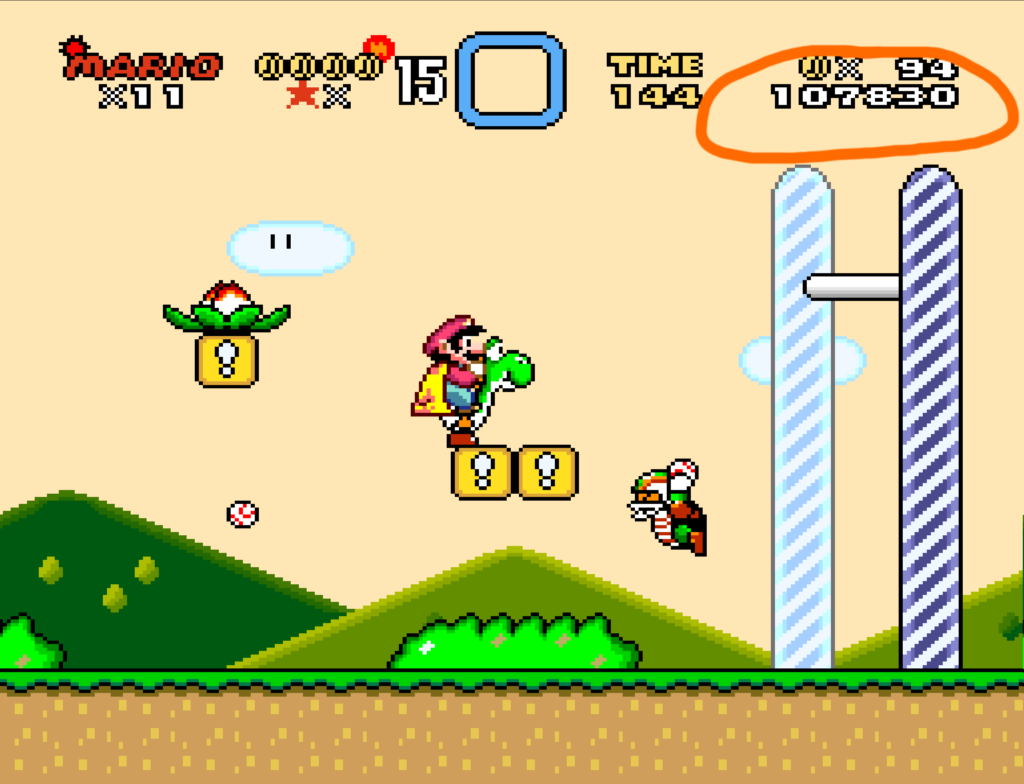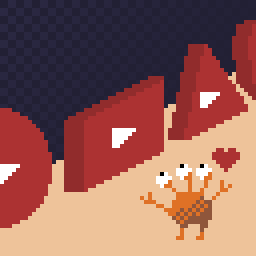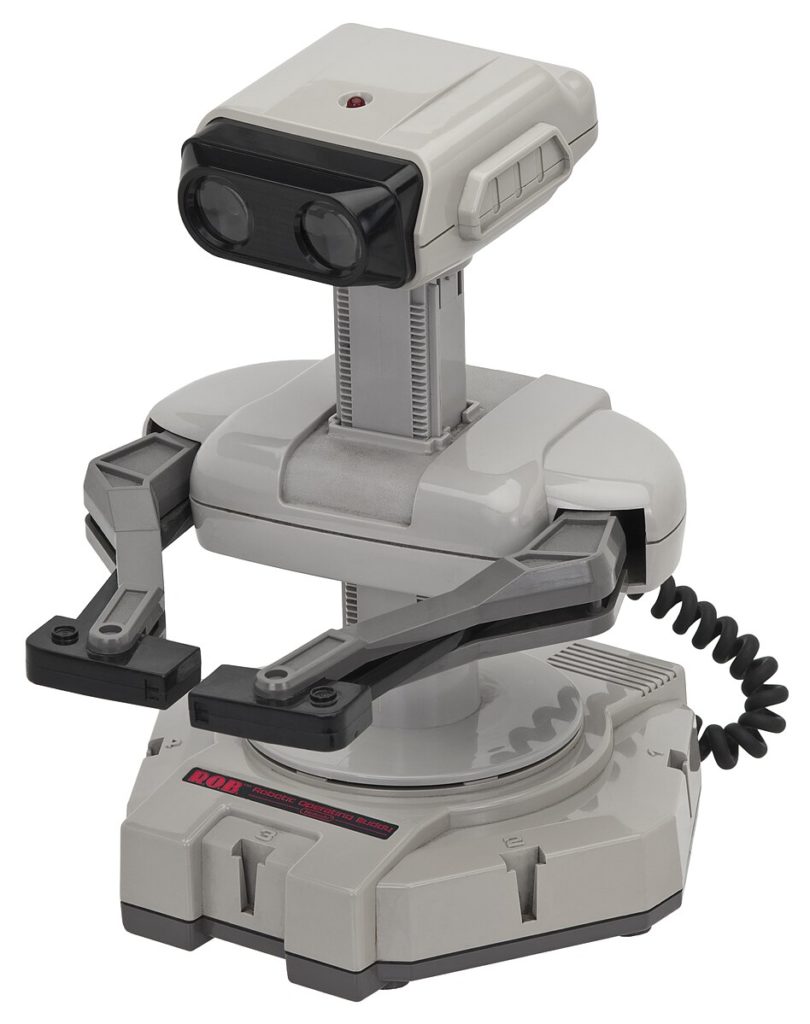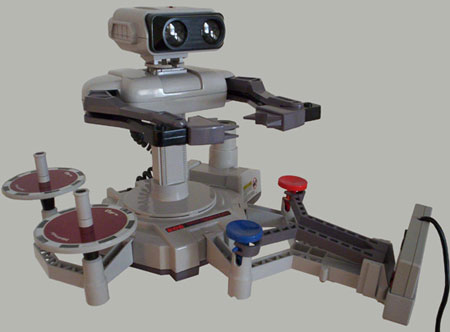Here is the whole video in case you missed it:
Here is the list, with personal hype level expressed in stars, none to five:
00:30 – Grounded. Your characters are “shruken at the hands of an evil corporation.” First, corporations don’t have hands, their employees do. Second, it’s interesting to see how corporations have joined mad scientists, sorcerers and alien emperors as “the evil.” Anyway, this looks mostly like Generic Action-Adventure Game. “Work your way through the campaign to uncover the mysteries of the back yard.” Like, where they buried the water pipe? Good luck with that. Two stars.
01:37 – ENDER MAGNOLIA: Bloom in the mist. Big contrast to the previous trailer. It’s a “return to the Ender Lily’s world,” just assuming you know what that is. From the trailer I assume the “Ender Lily” must be a really bad flower, because everything is dark and grim, but especially dark. “This once flourishing country sits atop a wealth of buried magic,” yet somehow it looks like Blade Runner. Points for using the word homunculi (16 points if you have the tiles for it) and not inventing another bullshit video game word like “the Aeinsward,” or “the Valarath” or some crap like that. Your character is told early on that “your eyes says[sic] that you long for death.” Sometimes the winning move is not to play. I feel bad about talking down the work of so many hard-working developers, but I don’t think it’s possible to make a game less appealing to me, personally. One star.
03:04 – Arranger: A Role-Puzzling Adventure. “Role-puzzling” is not a thing. Looks like it might be okay, but I’m rating my enthusiasm as generated by the trailers, and they give me flashbacks to the PULL word in Baba Is You, so: Two stars.
03:45 – Unicorn Overlord. Oh, I want to play the fantasy title game too! Gargoyle Emperor! Chimera General! Minotaur President! Looks to me like a Vanillaware joint. Checking: I was right. Reading the transcript, I’m struck by the word unleash, one of those overused videogame words. It literally means to let go, but because it sounds good it gets used for all kinds of things. But really, if it ain’t a dog, it doesn’t fit. Vanillaware’s cool though, so I’ve talked myself into looking forward to it. Three stars.
04:23 – Monster Hunter Stories. “Monster Hunter” brings to mind fighting dragons and behemoths. “Stories” suggests Scenes From A Marriage. Combined, I’m imaging getting hitched to Smaug. (This is probably the backstory to the classic anime Dragon Half, come to think of it.) Anyway, it’s Monster Hunter. You hunt monsters. It’s a remake of a 3DS game, discarding the (mostly) realistic look of other Monster Hunter games for cartoony human characters. I have a previous Monster Hunter on my shelf but I’ve never played it, so I can only rate this One star.
05:00 – Disney Epic Mickey: Rebrushed. I remember when Epic Mickey games filled the discount bins at Walmart, but I always liked the idea, and the internet-viral concept art that inspired them, and they were “directed” by Warren Spector. One thing that always confused me about Epic Mickey, of which the trailer reminds me, is the opening positions Mickey as an innocent interloper, but the content of the Epic Mickey games clearly indicate that these worlds are about him, as a character. He’s not a plucky underdog, he’s the center of the Disney-pocalypse. And yet, that’s interesting. Three stars.
06:07 – Shin Megami Tensei V: Vengeance. The title logo makes it look like it’s called Shin Megami Tensei V: Engeance. This being a remake, I’m just glad they didn’t call it something like Revengance, hah wouldn’t that be stupid. I don’t remember at this point whether a mainline Shin Megami Tensei game has ever appeared in English before. Maybe on the Playstation or Playstation 2? Sounds about right. (Checking: it was recent! 2021! Huh.) I think it defies belief that this isn’t yet another Persona game. Two stars.
07:41 – STAR WARS: Battlefront Classic Collection. Okay I was wrong, it’s not possible for me to be less interested in this. It’s exciting to some people or else they wouldn’t have made this, but I’m writing this, and I say, One star.
08:24 – SOUTH PARK: SNOW DAY! When your franchise stars a character who was once grounded by his mother for “trying to exterminate the Jews,” I submit that there is something deeply wrong with it. No stars.
There’s so many games here that I’m going to skip around a bit from here on.
10:23 – Super Monkey Ball Banana Rumble. It’s an article of faith now that there have been no good Monkey Ball games since Super Monkey Ball Deluxe, and the recent Banana Mania, which was primarily content recycled from the old games. I just picked up Banana Mania a couple of days ago and was reminded why I like the Gamecube-era titles so much, so what the hell, Three stars.
11:40 – World of Goo 2. World of Goo was beloved of many people, myself included, and I’ve also liked everything Tomorrow Corporation has done, so I’m really looking forward to this, even if World of Goo is a very hard act to follow. Five stars.
14:03 – Another Crab’s Treasure.That’s a great title. The trailer, itself, actually calls this game a soulslike, which I guess is just the word we use now when a game is meant to be hard. The game does fix my main issue with Souls games, their relentless dourness. It’s whimsical and charming! Three stars.
15:32 – Penny’s Big Breakaway. From some of the people who made Sonic Mania, which itself makes it worthy of examination. A 3D platformer in 2024 that isn’t Mario, who’d have thought it possible. Three stars.
16:13 – Suika Game Multi-Player Mode Expansion Pack. I’ve been a bit outspoken that I don’t really like this version of the concept, prefering Cosmic Collapse on itch.io. Paid DLC that lets you play against others does nothing to improve the concept for me. One star.
16:57 – Pepper Grinder. It looks a bit interesting, but it feels a bit like a cheat that the tunnels you dig close up behind you. Two stars.
17:26 – Pocket Card Jockey: Ride On! Originally a F2P mobile game by Game Freak as one of their occasional non-Pokemon titles, like Drill Dozer and Part-Time UFO, which always seem to be terrific. They released a 3DS port that was one of those games that critics (including myself) couldn’t stop gushing over. I’m so hyped for this that I’ve already bought it, as of this writing it’s on my Switch back at home waiting for me to get back and play it. Five stars.
18:16 – Snufkin: Melody of Moominvalley. A Moomintroll game! One where you play as his enigmatic, vaguely Link-like friend Snufkin! I’m in! Sadly its trailer is really brief. Four stars.
19:26 – Rare Games Added to Nintendo Switch Online. Five games are added: RC Pro-Am (NES), a classic; Snake Rattle & Roll (NES), challenging and a bit underrated; Killer Instinct (N64), which I never cared for but some people will like; Battletoads in Battlemaniacs (SNES), likewise; and Blast Corps (N64), which is very underrated, a launch game that helped define its system. All of these games except Battletoads in Battlemaniacs were previously collected in Rare Replay for Xbox One, but there is a feeling of coming home here. Overall: Four stars.
These releases are notable all because of Hiroshi Yamauchi’s decision not to buy Rare from the Stamper brothers at the dawning of the Gamecube era, which lost Nintendo Rare’s then-formidable reputation and coding prowess. Nintendo sold its 49% stake to Rare, and Microsoft bought controlling interest. The Gamecube took a substantial hit to its library, and Rare has never been the same. Despite a few distinctive hits (Banjo-Kazooie: Nuts and Bolts, Viva Pinata and Sea of Thieves) I think Microsoft has never really used them well. For a time they were basically devoted to making Kinect games! (Checking: in fact, Rare’s Kinect Sports was at that time their best-selling game since Microsoft acquired them! Shame that its being tied to an abandoned peripheral means it has had practically no lasting legacy.) I would suppose the return of these titles to a Nintendo system is part of the deal that enabled Goldeneye 007 to come to both Xbox and Switch, but that is only speculation.
RC Pro-Am and Snake Rattle & Roll, are extra notable for their copyright notice by Rare Coin-It, a Miami-based subsidiary of Rare, that seemed to be devoted to games that had arcade pretensions. I don’t know that, but a lot of their games released with that copyright have strange arcade affectations: attract modes, high score lists, and arcade structure. In particular: Slalom (which did get an arcade release, as Vs. Slalom for Nintendo’s Unisystem arcade platform), Wizards & Warriors, RC Pro-Am and Cobra Triangle. But these weren’t the only games that bore the Rare Coin-It copyright. I really don’t know why; maybe they were assign games that Rare thought might have potential as arcade games.
Back to the Switch Online collection, this move gives me hope that the Wizards & Warriors games, especially the first, and its sequel Ironsword, will make it there someday.

